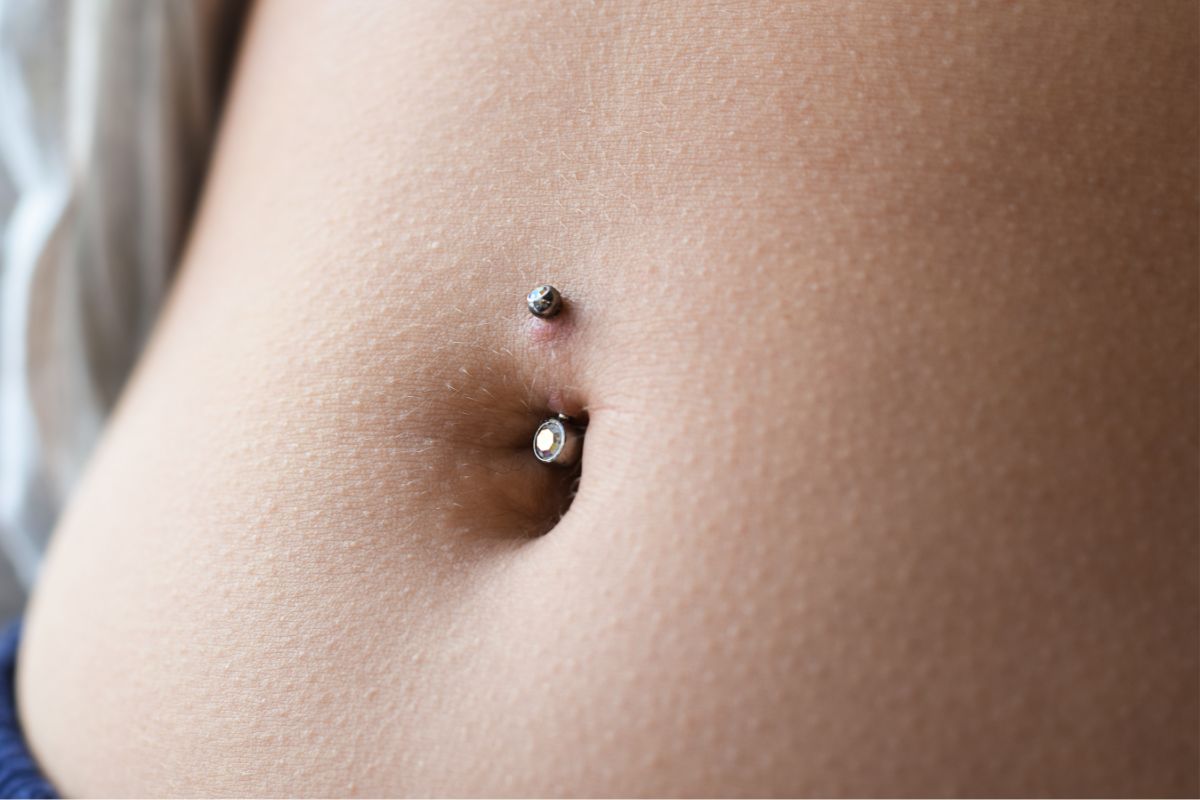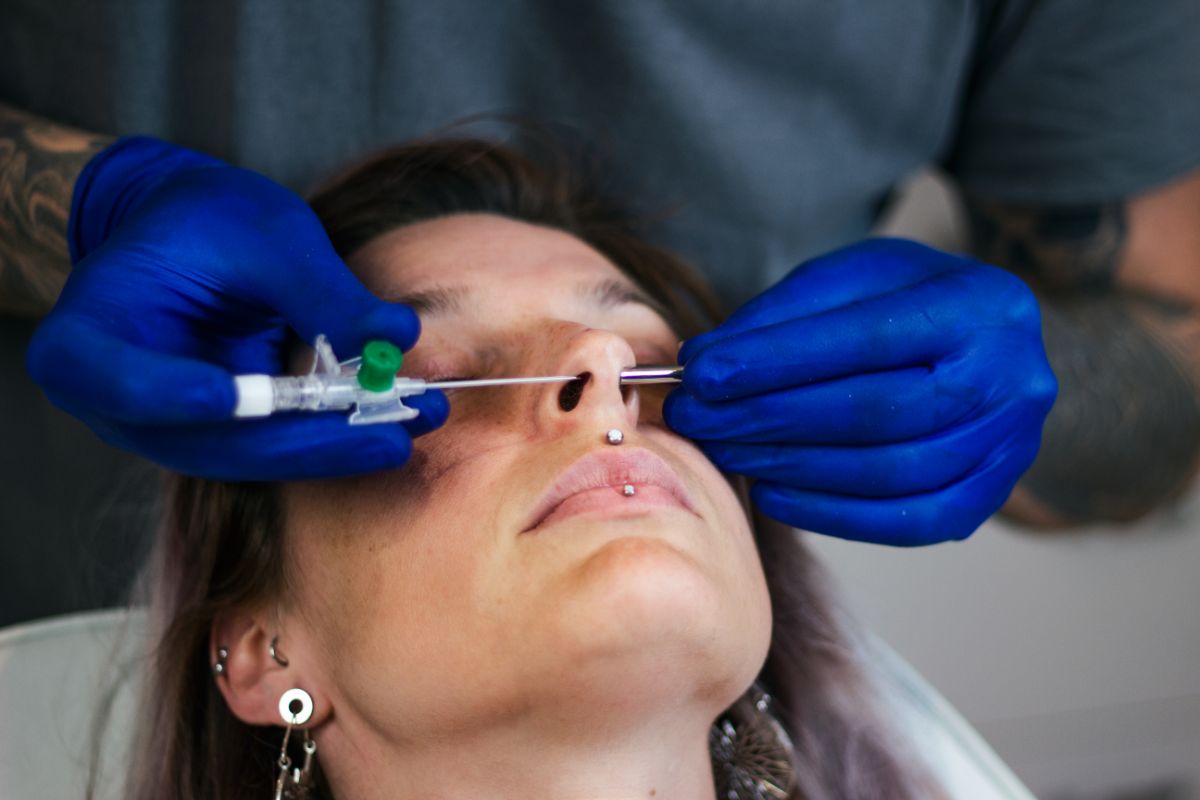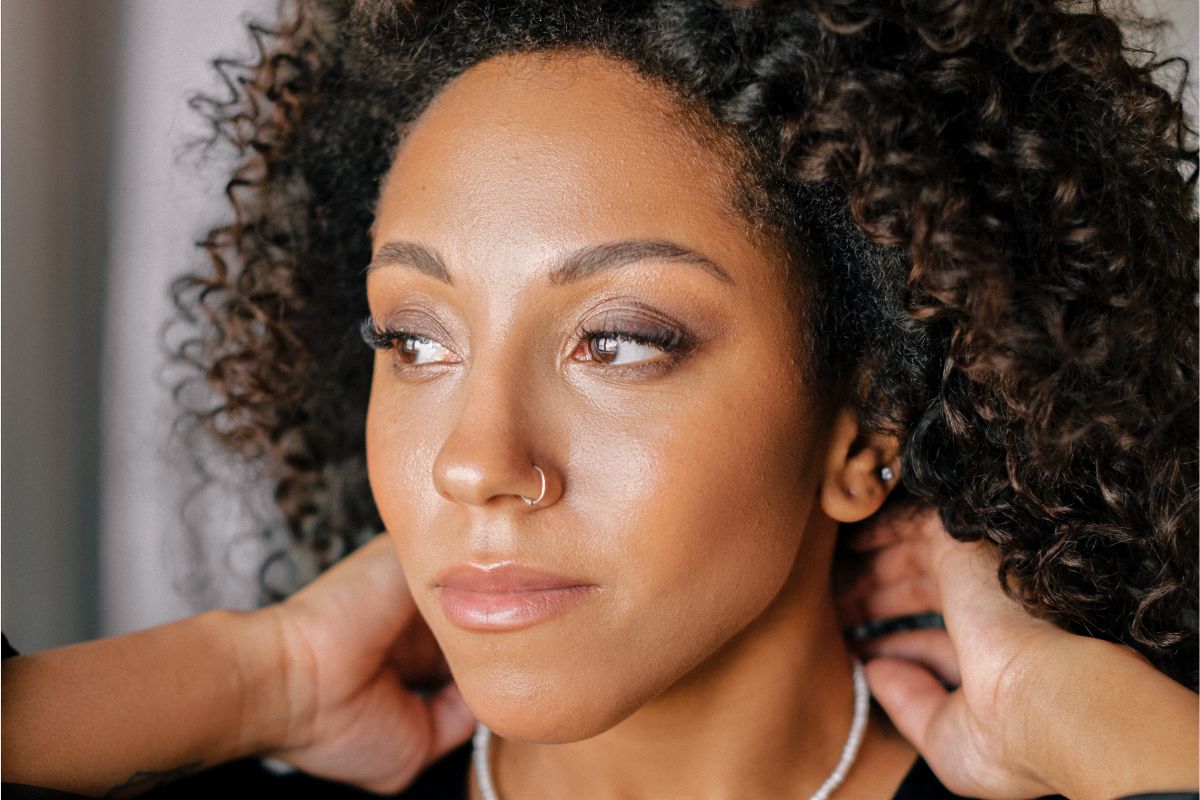A belly button piercing is technically an injury to the skin, although we rarely think of it in that terms. But because you are damaging the skin, a belly piercing can scar. On rare occasions, that scarring will turn to keloids.
Keloids are overgrown scar tissue that might not be dangerous but can be uncomfortable and even painful (Want to know more about the possible dangers of getting a piercing? Read about them here). A keloid scar can develop at a belly button piercing as the area is hard to care for, and often rubs against clothing.
Once a keloid scar has formed, it can only be removed by a dermatologist, and the treatment options are limited. Learn more about how to get rid of keloid scars on belly piercings with this guide.
Can You Get Keloids On A Belly Piercing?
Keloids aren’t common on belly piercings, but they do happen from time to time. A keloid is a skin condition that resembles a raised scar. They occur at the site of an injury to the skin and can extend beyond the injury.
When a skin injury heals, new granulation tissue grows over the site of the injury. A keloid forms when there’s an overgrowth of granulation tissue, otherwise known as collagen type 3, which is then replaced by collagen type 1.
Keloids can happen anywhere on the body, but they’re more likely to result from an ear piercing than a belly button piercing. However, the tricky aftercare of a belly piercing can encourage keloid growth.
A belly button piercing can be prone to keloid scarring because the area rubs repeatedly against clothing. This slows down the healing process, increasing the risk that the damage won’t heal properly.
How To Tell A Keloid Scar From Other Piercing Scars
There are a few defining features of a keloid that can help you tell it apart from other types of scarring. These symptoms of keloids include:
- The time the keloid takes to appear. After the initial piercing, it will often take from 3 to 12 months for a keloid scar to first appear. In some cases, it can take even longer. The keloid will also develop slowly.
- The area the keloid covers. A keloid isn’t confined to just the initial site of damage, which makes it quite different from other scars.
- The color of the scar. A keloid scar often appears red, pink, or purple. With time, the scar tends to darken.
- The feel of the scar. A keloid has an unusual texture, and it won’t feel like the surrounding skin. A keloid can be quite hard and rubbery, but some keloids are softer and doughy.
How To Get Rid Of Keloid On A Belly Piercing

There is no way to completely get rid of a keloid scar caused by a belly button piercing. There are methods for reducing the appearance of the keloid, but even if it’s surgically removed, the scar will often grow back.
Oil Treatments
Massaging a moisturizing oil, such as avocado oil, into the keloid scar is a low-impact treatment method. An oil treatment can be used to soften the keloid and can help reduce its appearance.
Compression
A dermatologist might be able to provide you with a compression garment, which can be used to prevent a keloid from forming. This option is sometimes combined with a silicone gel that can help flatten the scar.
Corticosteroids
Corticosteroid injections into the afflicted area can help treat keloid scars. This therapy will often be in conjunction with another form of treatment, to increase effectiveness.
Other medications, such as interferon and verapamil, have also been experimented with as potential keloid treatments. However, most of the research focuses on corticosteroids.
Cryotherapy
Cryotherapy treatments freeze the scar from the inside. The freezing method can help to soften and lighten the scar, reducing its appearance. Cryotherapy will often be used in conjunction with corticosteroids.
Surgery
Surgical treatment can be used to remove the keloid scar completely, but there is a risk that a new keloid will develop after the surgery. It’s important to follow the aftercare instructions closely, to prevent the scar from returning.
Surgical removal will often be followed by compression treatments and radiation treatments, to limit regrowth.
Radiation Therapy
Radiation therapy is sometimes used after a surgical procedure to prevent the keloid from coming back. This is considered a last resort, as radiation therapy comes with some risks. A dermatologist might recommend radiation therapy if no other treatment method has proved effective.
Correct Aftercare To Help Prevent Keloid On Belly Piercings
Once you have keloids, they’re incredibly hard to remove. The best treatment is prevention. If you have a close family member who is prone to keloids, you should think carefully before getting any piercing, including the belly button.
Correct aftercare can, however, limit the risk of a keloid scar forming. Because belly button piercings take a while to heal, and injuries to the belly button are prone to infection, you might have to keep up aftercare treatments for several months.
Keep the belly button clean and dry after your piercing is in place. Avoid wearing tight clothes that might rub against the piercing.
This can cause irritation and trap bacteria. Ideally, you should cover the piercing with a compression bandage. However, this can be difficult on an area like the belly button.
Use an aftercare solution to keep the area completely clean. Wash the area daily, and ensure it’s properly dry before dressing.
For the belly button, a self-drying silicone gel can be a good way to keep the area clean and prevent further irritation. As the location of the piercing can be tough to bandage, the silicone gel presents a potential alternative.
If the area isn’t healing, or you’re worried it’s infected, contact a dermatologist.
Final Thoughts
The awkward position of a belly button piercing can make them hard to care for, which can increase the risk of developing a keloid.
Keloid scars are very difficult to treat once they’ve formed, so the best response is to prevent them from forming. Follow the correct aftercare procedure, and speak to your dermatologist if you suspect a problem with healing.






